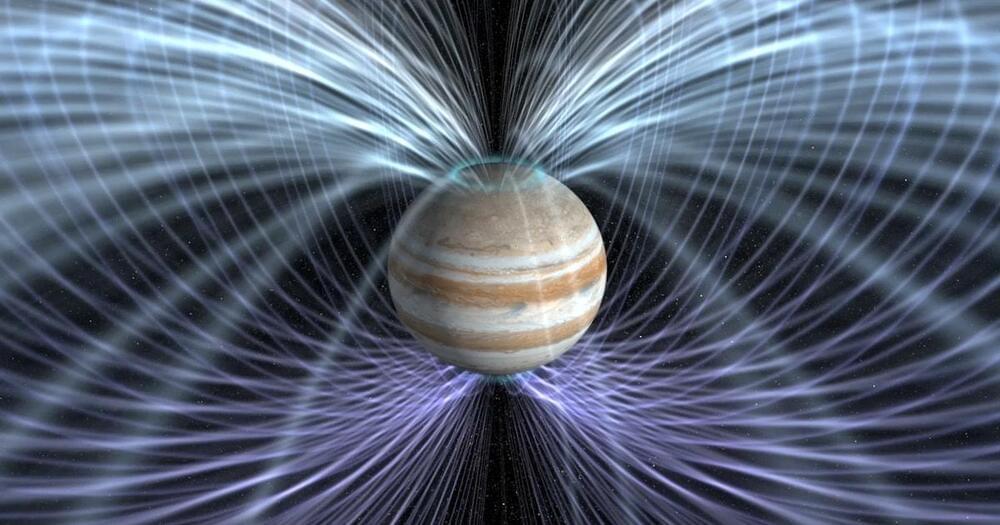That’s aurorae.
Jupiter is well known for its spectacular aurorae, thanks in no small part to the Juno orbiter and recent images taken by the James Webb Space Telescope (JWST). Like Earth, these dazzling displays result from charged solar particles interacting with Jupiter’s magnetic field and atmosphere. Over the years, astronomers have also detected faint aurorae in the atmospheres of Jupiter’s largest moons (the “Galilean Moons”). These are also the result of interaction, in this case, between Jupiter’s magnetic field and particles emanating from the moons’ atmospheres.
Detecting these faint aurorae has always been a challenge because sunlight reflected from the moons’ surfaces completely washes out their light signatures. In a series of recent papers, a team led by the University of Boston and Caltech (with support from NASA) observed the Galilean Moons as they passed into Jupiter’s shadow. These observations revealed that Io, Europa, Ganymede, and Callisto all experience oxygen-aurorae in their atmospheres. Moreover, these aurorae are deep red and almost 15 times brighter than the familiar green patterns we see on Earth.
The research team included astronomers from the Center for Space Physics (CSP) at Boston University, the Division of Geological and Planetary Sciences (GPS) at Caltech, the Laboratory for Atmospheric and Space Physics (LASP) at the University of Colorado, Earth, and Planetary Science at the UC Berkeley, Large Binocular Telescope Observatory (LBT), the Southwest Research Institute (SwRI), the Planetary Science Institute (PSI), the Leibniz-Institute for Astrophysics Potsdam (AIP), and NASA’s Goddard Space Flight Center. The two studies, titled “The Optical Aurorae of Europa, Ganymede, and Callisto” and “Io’s Optical Aurorae in Jupiter’s Shadow,” appeared on February 16th in the Planetary Science Journal.
